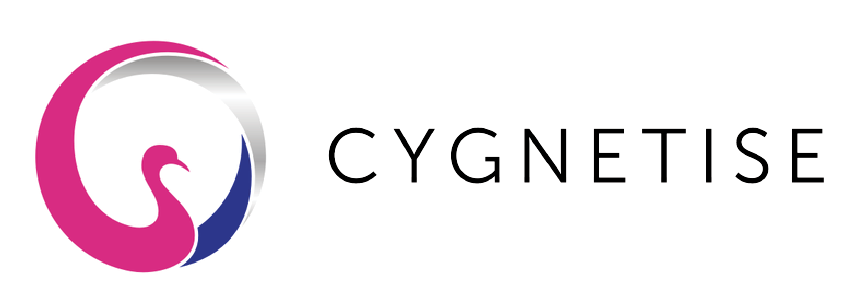Sign O the Times
This blog was written by Bird Lovegod, Fintech journalist and consultant.
The first ‘signature system’ could have been when ancient peoples made positive handprints on walls in caves, a global technology trend from around 40,000 years ago. Things have changed somewhat, now in South Africa, home to some of the most ancient ‘signed’ walls and rocks, signatures are also accepted electronically, as the evolution of humanity requires.
It used to be our spoken word was the contract, perhaps witnessed by a Chief or Elder. Then written signatures came to represent the authority of the person or organisation. In the UK ‘paper’ banknotes display a printed signature of the Chief Executive of the Bank of England, you can take one from your wallet and check… although you probably don’t have a note in there, just plastic cards (or a metal one if you’re a Revolut customer!). Now in the UK the only time most people actually sign their name is to accept a delivery from Amazon, and then all we do is apply childlike scratches to a digital pad, the result is not our unique§ and identifying signature, it’s simply a mark made at the time of receipt, a Neanderthal could achieve the same effect with a charcoal stick.
Similar to signatures are seals or ‘chops’, traditionally used in Japan, China, and other parts of Asia. In Japan, companies are still required to have at least one seal, the Representative Seal, a legal device registered with the authorities along with the name of the authorised person. Along with the seal certificate, they provide a requirement for validating contracts and agreements, including opening company bank accounts.
Curious how far we have come, yet so near again, whilst maintaining tradition, our contactless chops and seals touched or hovered over digital wax hundreds of millions of times a day.
In Italy the e-signature was predicted and preempted as early as 1997, perhaps those individuals making the laws well understood the history of the transmission of value. An artwork signed by the artist is worth more than if it were not, the signature implies legitimacy, provenance, and truth, and enables that value to be transferred across time and space.
In times gone by, tughra served the same function as a seal or chop, the Sultans intricate design authorising agreements, documents, and coins. Today, in the UAE, e-signature cards are issued, and electronic signatures are becoming integrated into daily business.
Brands may be the last holders of scripted signatures. Coca-Cola, the words and writing style are protected under law as a clear identifier of legitimate commercial personage. The same with Virgin, the signed name being the brand visuals, simple and familiar, personal and human. Logos and Brands are the signatures of commerce and trade, and it may be that in another fifty years or so, they are the only visual signatures that exist, unchanged and unchanging, whilst we the people touch phones, tap watches, and hover rings with embedded chips over networked terminals connecting every bank on Earth.
From a prehistoric hand print, to our word being our bond, to elegantly carved seals, and carefully scripted names, all the way back round to the print on our thumbs and our spoken voices again, the signature journeys with us, changing and adapting to our technologies, moving with the times. My voice is my signature authorises recognition. My face is a signature, my iris, my thumbprint, my DNA is my signature.
And as digitisation of everything ever increases, the need for secure and trustable signatures as identifiers increases with it. Electronic sounds, symbols, and processes are accepted under law. That’s a very open brief with which to create the most secure, reliable, user friendly and lasting solutions.
